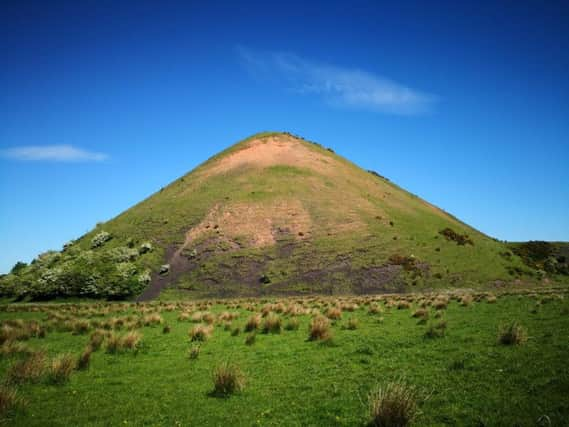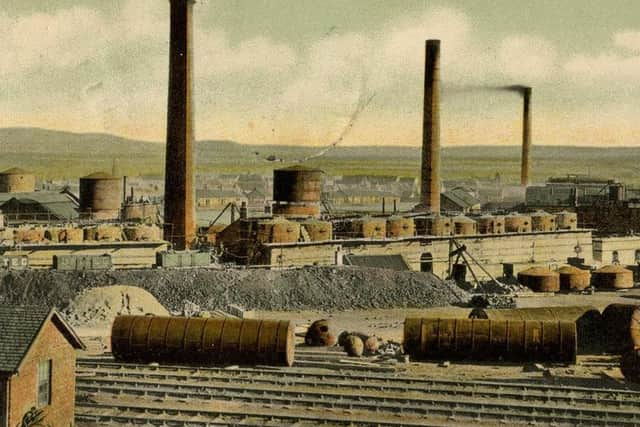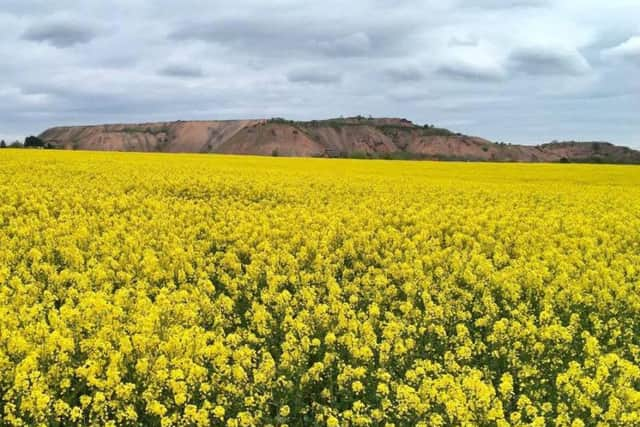Heritage trail to explore history of West Lothian oil boom


And now, visitors are set to be able to explore West Lothian’s historic spoil heaps like never before after campaigners secured funding to create an innovative heritage walkway delving into the region's past involvement in the shale mining industry.
The 16-mile “Shale Trail” around the red heaps - known as “bings” - will stretch from West Calder to Winchburgh, giving a unique insight into how the industry thrived in the region during the 19th and 20th centuries.
Advertisement
Hide AdAdvertisement
Hide AdWest Lothian was once home to the world’s largest oil refinery during the industry’s boom period in the late 1800’s and it is hoped the trail, which will take walkers on a journey around the picturesque peaks, will spark a revival of interest in the area’s past.


The project, managed by the Edinburgh and Lothians Greenspace Trust (ELGT) has been made possible thanks to funding from the National Lottery and the LEADER European grant scheme.
Proposals will see the walk properly signposted, with historical information dotted along the route.
ELGT project manager Heath Brown told the Evening News: “This is an inspiring project that will link local communities to their industrial past and create a walking history trail that will that will enable people of all ages to explore and learn about how the past shale history in West Lothian has shaped local landscapes, our economy and today’s natural environment.”
Advertisement
Hide AdAdvertisement
Hide AdGlasgow chemist James “Paraffin” Young first extracted oil from shale in the mid-19th century and later patented the process after working alongside another chemist named Edward Meldrum.


They later built a refinery, known as the “secret works,” in Bathgate where the first fuel used for lighting domestic paraffin lamps was created.
It began a boom period for the region as dozens of oil tycoons flooded to the area to tap into its seemingly unending shale reserves, with the population swelling as workers moved from around the country seeking paid labour.
At one stage, West Lothian refineries produced around two per cent of the world’s oil, however, after the first world war, crude oil from the United States and Arabian Gulf began pricing them out of the market and shale stocks began to run dry.
Advertisement
Hide AdAdvertisement
Hide AdThe spoil heaps were listed as as industrial monuments in the 1990s and now feature on the logo of West Lothian council.
They have also become an important natural habitat for a diverse variety of animal and plant life.
Cllr Tom Conn, West Lothian council's executive spokesman for the environment said, “The Shale Trail is another welcome addition to the visitor experience in West Lothian but can also be used by local residents to get out and about and explore their local heritage and environment.”
Greendykes Bing was once said to have been so vast, the outline could be seen from the Earth's atmosphere, while the striking structures have previously been compared to Table Mountain in South Africa.
Advertisement
Hide AdAdvertisement
Hide AdRíona McMorrow, Acting Head of The National Lottery Heritage Fund Scotland, said: “Our heritage is the rich tapestry on which our lives are built. The National Lottery Heritage Fund wants to inspire as many people as possible to learn from and enjoy that rich legacy, as well as keeping it safe for future generations."
She added: "We’re delighted that The Shale Trail is doing just that and we wish them well in making a positive and lasting change.”